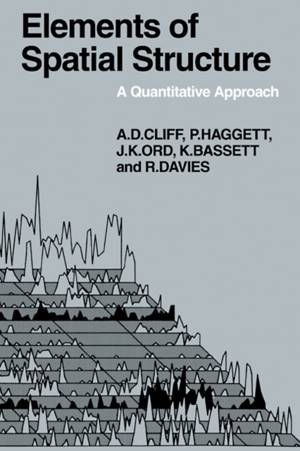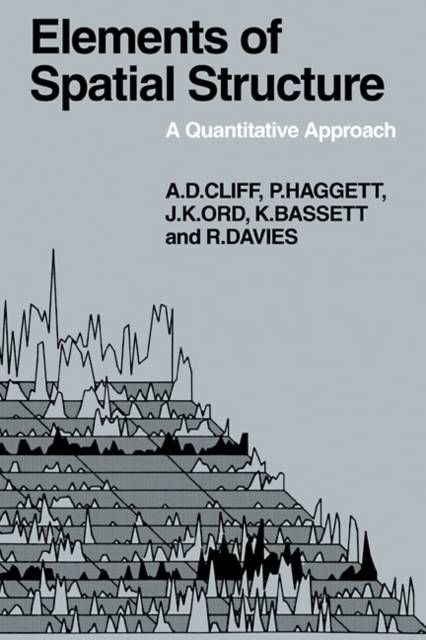
- Afhalen na 1 uur in een winkel met voorraad
- Gratis thuislevering in België vanaf € 30
- Ruim aanbod met 7 miljoen producten
- Afhalen na 1 uur in een winkel met voorraad
- Gratis thuislevering in België vanaf € 30
- Ruim aanbod met 7 miljoen producten
Zoeken
€ 60,95
+ 121 punten
Omschrijving
Elements of Spatial Structure is a contribution to the literature on spatial series. Written by a group with varied backgrounds in engineering, geography and statistics, who collaborated at Bristol University in the early 1970s, the book analyses certain basic properties of spatial structure. It shows how spatial elements form an essential part of the real-world problems of population distribution, of urban and regional economies, and of diffusion processes. The book is divided into three parts. Part one is concerned with a static cross-sectional approach to spatial structure and explores some aspects of the central geographical problems of region-building and trend-surface mapping. Part two moves to a dynamic framework and extends time-series analysis in a regional framework. It includes two chapters on the application of the models presented to diffusion and unemployment data in south-west England. Part three links the first two parts together through a consideration of spatial autocorrelation and spatial forecasting. Again, formal models are presented and an attempt is made to gauge their utility by applying them to test problems in the south-west.
Specificaties
Betrokkenen
- Auteur(s):
- Uitgeverij:
Inhoud
- Aantal bladzijden:
- 280
- Taal:
- Engels
- Reeks:
- Reeksnummer:
- nr. 6
Eigenschappen
- Productcode (EAN):
- 9780521112727
- Verschijningsdatum:
- 4/06/2009
- Uitvoering:
- Paperback
- Formaat:
- Trade paperback (VS)
- Afmetingen:
- 152 mm x 229 mm
- Gewicht:
- 412 g

Alleen bij Standaard Boekhandel
+ 121 punten op je klantenkaart van Standaard Boekhandel
Beoordelingen
We publiceren alleen reviews die voldoen aan de voorwaarden voor reviews. Bekijk onze voorwaarden voor reviews.











